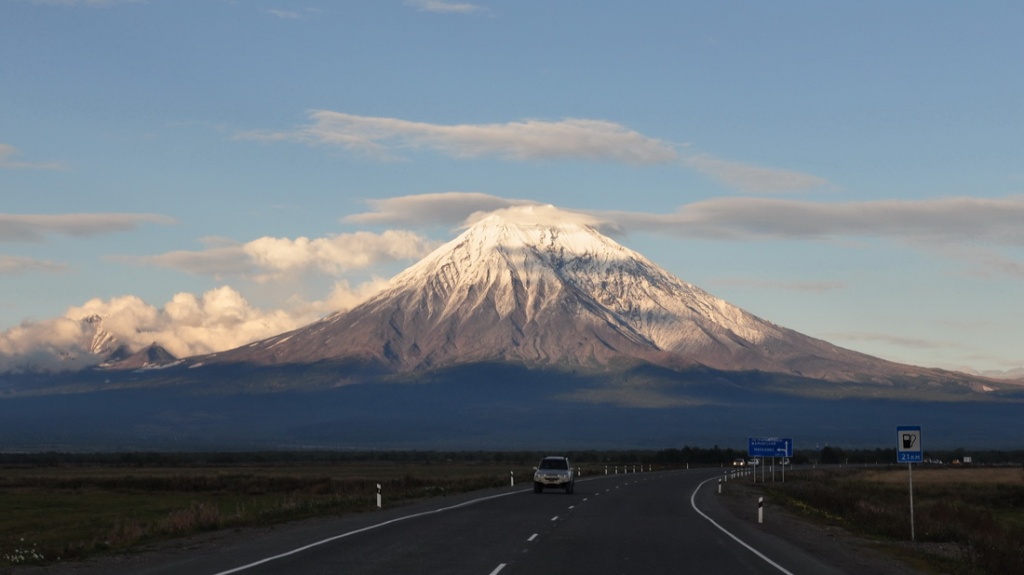Brașov, in Romania (the link goes to a satellite view on Google Maps), is an example; the city is placed at the south-eastern end of a high plain, nestled against the Carpatian mountains and partly climbing on the slopes. The transition is quite sudden -- to the north the terrain is very flat, to the south it's alpine.

A view of Brașov, looking northward towards the high plain of Burzenland from one of the panorama points on the road which climbs to Poiana Brașov. The green mountain on the right is the Tâmpa. Own work, available on Flickr under the CC BY 2.0 license.
I'm certain that most people know at least one city nestled on a plain against a mountain. Here is a spectacular view of mount Ararat rising from the Araratian plain:

Mount Ararat and the Araratian plain, seen early morning from near the city of Artashat in Armenia. Photograph by Serouj Ourishian, available on Wikimedia under the CC BY-SA 4.0 license.





